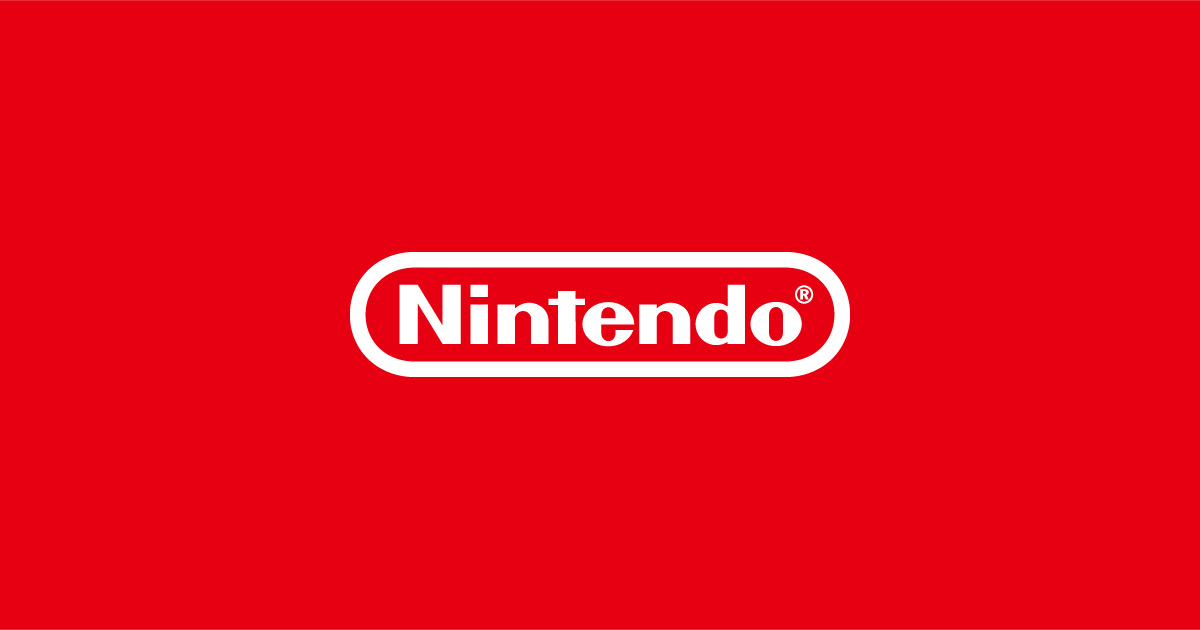The SNES PlayStation: How Nintendo and Sony’s Canceled Partnership Changed Gaming Forever
The video game industry was forever changed by a pivotal event in the early 1990s—the failed collaboration between Nintendo and Sony on what became known as the "SNES PlayStation." Initially conceived as an optical disc add-on for the Super Nintendo Entertainment System (SNES), this partnership aimed to bring cutting-edge CD-ROM technology to Nintendo's home console.
Today, the story stands as one of gaming’s most infamous ‘what-ifs,’ shaping the future for both companies and influencing the hardware landscape that followed. The Abandoned Alliance: A Turning Point for Nintendo and Sony The collaboration began with high hopes, and Sony, led by then-engineer Ken Kutaragi, developed a compact disc technology intended to expand the SNES’s capabilities beyond the limits of cartridges.
As the companies prepared to announce their joint venture at the 1993 Computer Entertainment Show (CES), the industry watched with anticipation.
However, in a surprising twist, Nintendo abruptly shifted course, opting to partner with Philips for their CD plans instead. In a recent interview with Eurogamer commemorating the PlayStation’s 30th anniversary, former Sony executive Shawn Layden recounted the dramatic fallout from the cancelled partnership.
Layden described the experience as akin to being “left standing at the altar," evoking the image of Ken Kutaragi holding the completed optical disc drive while Nintendo revealed its decision to the world.
According to Layden, Kutaragi responded to the snub with unwavering resolve—returning to Sony’s leadership to propose developing their own game system using the advanced optical technology they had pioneered.
This determination ultimately led Sony to create the original PlayStation, which launched in December 1994 in Japan and September 1995 in North America. From Fallout to Phenomenon: The Rise of the PlayStation Nintendo’s decision is frequently cited as one of the most consequential pivots in video game history.
The PlayStation went on to sell over 100 million units worldwide, fundamentally changing the console market and establishing Sony as a dominant force in gaming.
Layden further noted that, following Nintendo’s rejection, Sony’s PlayStation team relocated from the corporate headquarters to Aoyama in Tokyo’s entertainment district—a move which he credits as vital in shaping the company’s creative vision. Legacy and Lasting Impact Though the original SNES PlayStation never reached commercial shelves, its legacy remains significant.
In 2015, an extremely rare prototype was discovered by chance and restored to working condition, making headlines and reigniting fascination among tech historians and collectors.
The device stands as a testament to an alternate path for gaming—one in which Nintendo and Sony could have been partners rather than rivals. Today, the SNES PlayStation story serves as both a cautionary tale and a celebration of resilience, underscoring how moments of adversity can lead to groundbreaking developments in game development and hardware innovation.
The split between Nintendo and Sony not only gave rise to the PlayStation but also spurred further advances in the industry, influencing platforms like the Nintendo Switch and shaping decades of gaming history. For more stories on gaming milestones and retro hardware, stay tuned to the latest Nintendo Direct coverage and our ongoing features on gaming’s most transformative moments.
Today, the story stands as one of gaming’s most infamous ‘what-ifs,’ shaping the future for both companies and influencing the hardware landscape that followed. The Abandoned Alliance: A Turning Point for Nintendo and Sony The collaboration began with high hopes, and Sony, led by then-engineer Ken Kutaragi, developed a compact disc technology intended to expand the SNES’s capabilities beyond the limits of cartridges.
As the companies prepared to announce their joint venture at the 1993 Computer Entertainment Show (CES), the industry watched with anticipation.
However, in a surprising twist, Nintendo abruptly shifted course, opting to partner with Philips for their CD plans instead. In a recent interview with Eurogamer commemorating the PlayStation’s 30th anniversary, former Sony executive Shawn Layden recounted the dramatic fallout from the cancelled partnership.
Layden described the experience as akin to being “left standing at the altar," evoking the image of Ken Kutaragi holding the completed optical disc drive while Nintendo revealed its decision to the world.
According to Layden, Kutaragi responded to the snub with unwavering resolve—returning to Sony’s leadership to propose developing their own game system using the advanced optical technology they had pioneered.
This determination ultimately led Sony to create the original PlayStation, which launched in December 1994 in Japan and September 1995 in North America. From Fallout to Phenomenon: The Rise of the PlayStation Nintendo’s decision is frequently cited as one of the most consequential pivots in video game history.
The PlayStation went on to sell over 100 million units worldwide, fundamentally changing the console market and establishing Sony as a dominant force in gaming.
Layden further noted that, following Nintendo’s rejection, Sony’s PlayStation team relocated from the corporate headquarters to Aoyama in Tokyo’s entertainment district—a move which he credits as vital in shaping the company’s creative vision. Legacy and Lasting Impact Though the original SNES PlayStation never reached commercial shelves, its legacy remains significant.
In 2015, an extremely rare prototype was discovered by chance and restored to working condition, making headlines and reigniting fascination among tech historians and collectors.
The device stands as a testament to an alternate path for gaming—one in which Nintendo and Sony could have been partners rather than rivals. Today, the SNES PlayStation story serves as both a cautionary tale and a celebration of resilience, underscoring how moments of adversity can lead to groundbreaking developments in game development and hardware innovation.
The split between Nintendo and Sony not only gave rise to the PlayStation but also spurred further advances in the industry, influencing platforms like the Nintendo Switch and shaping decades of gaming history. For more stories on gaming milestones and retro hardware, stay tuned to the latest Nintendo Direct coverage and our ongoing features on gaming’s most transformative moments.






